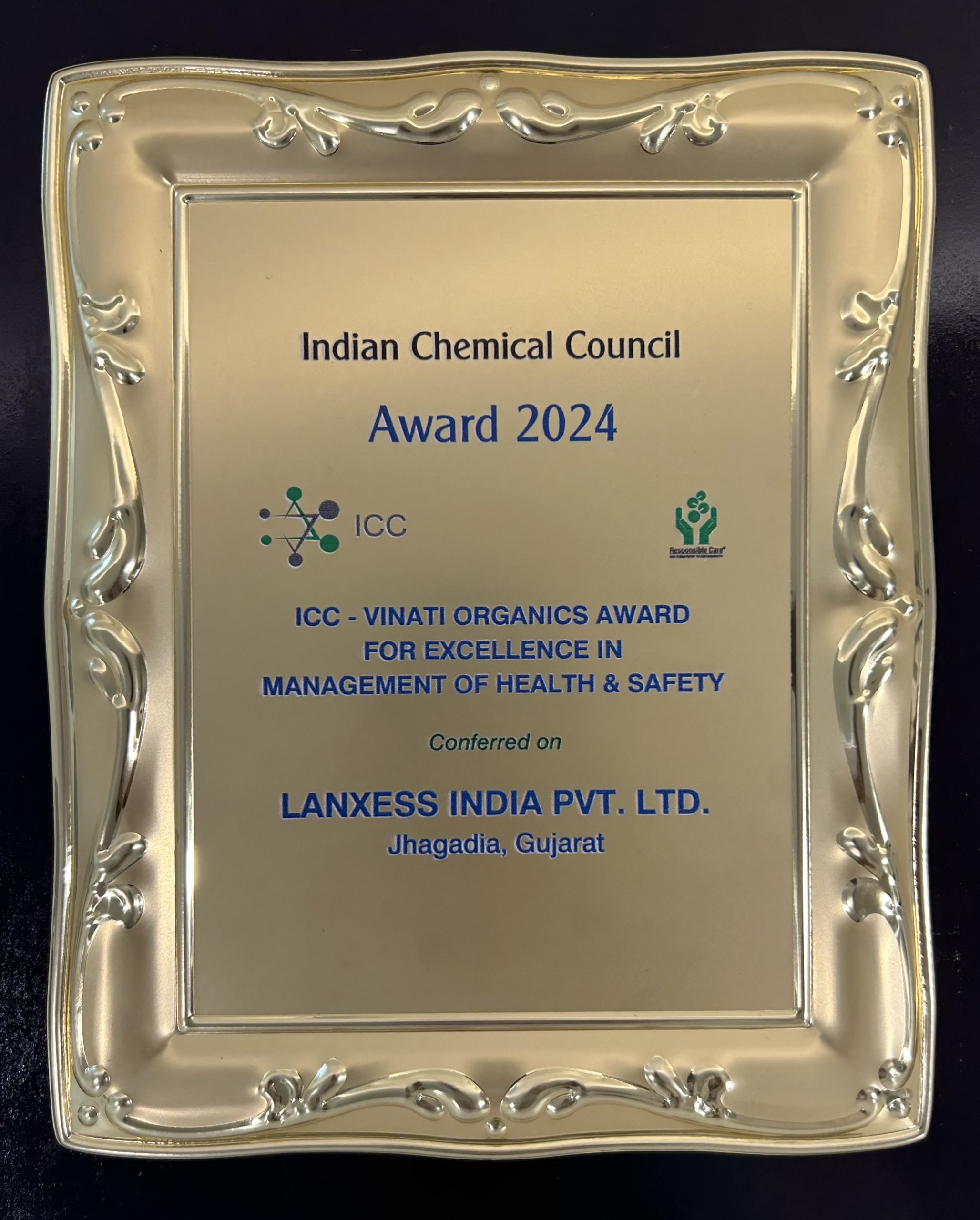The Goodyear Tire & Rubber Company announced a collaboration agreement and letter of intent with Monolith for the development and potential use of carbon black produced from methane and/or biomethane for tires. Goodyear is embracing this form of carbon black produced through a plasma-based methane pyrolysis process, which will help advance Goodyear’s work to identify and use more sustainable materials.
“At Goodyear, we’re committed to sustainability and making a positive impact by our choice of the materials we use,” said Chris Helsel, senior vice president, global operations and chief technology officer. “Our collaboration with Monolith is one example of how we are using sustainable materials in quality products that deliver a better future.”
Carbon black is a key ingredient in tires, providing compounds in the tires with strength, improved tear resistance, and increased abrasion resistance. A typical consumer tire is made of 15-20% carbon black by weight. Traditional carbon black comes from the combustion of residual oil or coal tar oil.
Goodyear is evaluating carbon black produced from methane and/or biomethane as part of its work with Monolith, a world leader in clean hydrogen and materials production. Monolith’s plasma-based process takes advantage of renewable electricity to complete methane pyrolysis and results in the output of only carbon and hydrogen.
“We’re proud to collaborate with Goodyear on high-quality, clean carbon black for Goodyear and support their ongoing mission to make their tires more sustainable,” said Rob Hanson, co-founder and chief executive officer, Monolith. “We’re honored to work with companies like Goodyear that share our passion for quality products that are responsibly manufactured, and we are eager to see what advancements this collaboration will bring to the tire industry.”
A life cycle assessment completed for Monolith by a third party claims the plasma-based process should result in environmental benefits across the life cycle, including a reduction in carbon emissions, compared to traditionally produced carbon black.
In addition, the life cycle assessment shows that this technology has the potential for a carbon-neutral to carbon-negative impact, based on increased utilization of biomethane feedstock versus natural gas in the future.
Monolith’s life cycle assessment is currently scheduled to undergo an external review and more details of the quantitative environmental benefits can be shared in the near future.














Leave a Reply